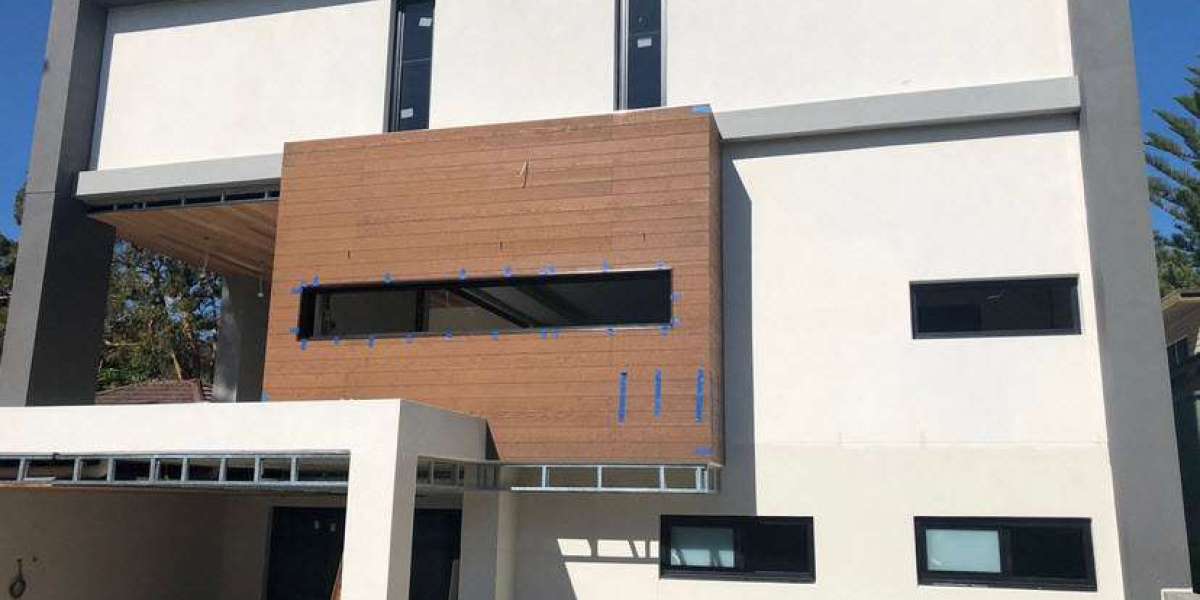It involves using a mixture of cement, sand, and water, which is applied to the wall surface to create a durable and visually appealing finish. There are different methods of cement rendering, depending on the desired texture and finish. Some common methods include:
Traditional Render: In the traditional method, the cement render mix is applied manually using a trowel. The renderer applies the mixture in layers, starting with a scratch coat for better adhesion and levelling, followed by a second or "brown" coat, and finally a smooth topcoat or "white" coat for the desired finish. Each layer is left to partially set before applying the next one.
Bagging Render: Bagging Cement Rendering Sydney involves applying the cement mixture using a hessian bag or similar material. The renderer places the render onto the wall surface and then spreads it using a trowel to achieve a textured and rustic finish.
Sponge Finish: This method is used to create a fine and sponge-like texture on the rendered surface. After applying the render, a wet sponge is gently pressed and dragged across the surface to achieve the desired texture.
Spray Rendering: In spray rendering, a machine is used to apply the cement mixture onto the wall surface. This method is quicker and more efficient for large areas and can create various textures, depending on the nozzle used.
Pre-mixed Render: Some render products come pre-mixed, requiring less on-site mixing and reducing the chances of inconsistent mixtures. Pre-mixed renders are convenient and time-saving.
Polymer Modified Render: Polymer modified renders include additives that improve the render's adhesion, flexibility, and water resistance. This type of render is suitable for areas prone to movement or exposure to harsh weather conditions.
Textured Rendering: For a decorative finish, textured rendering can be applied using various tools or patterned trowels to create intricate designs or patterns on the rendered surface.
Each method of cement rendering has its advantages and is suited to different project requirements and desired outcomes. It is essential to choose the appropriate method based on the wall's condition, the desired finish, and the skill level of the renderer to achieve the best results. Professional cement renderers have the expertise and experience to select the most suitable method and deliver a high-quality and durable rendering finish.
What is Polystyrene rendering?
Polystyrene rendering is a method of exterior wall cladding. After fixing the polystyrene panels to the wall, they are coated with a cementitious render for creating a durable and insulated surface.
Polystyrene rendering is an effective and popular method for adding insulation and improving the appearance of buildings. The specific method used may depend on factors such as the building's condition, the desired finish, and the skill level of the rendering team. Professional Polystyrene Rendering Sydney contractors have the expertise to choose the most suitable method and deliver a high-quality polystyrene rendering finish. There are number of companies that offers all types of rendering services including this.V









